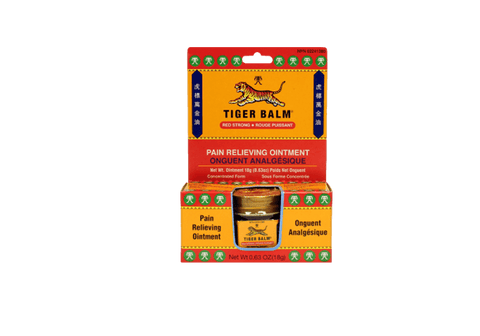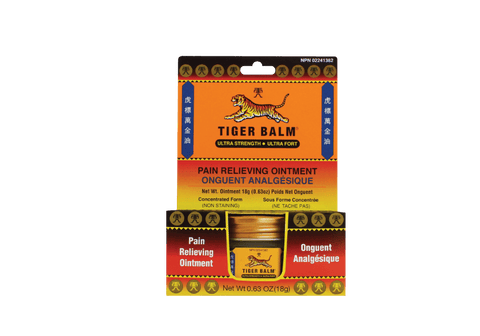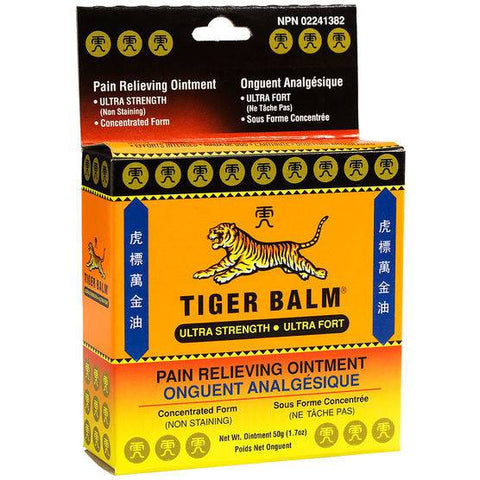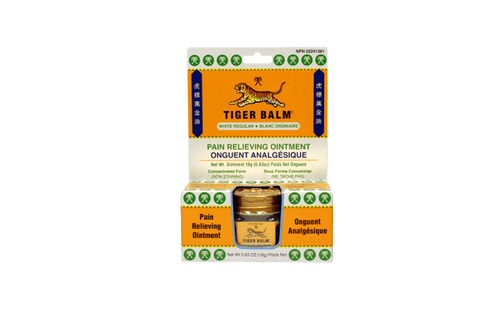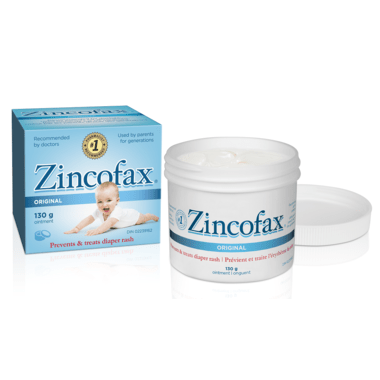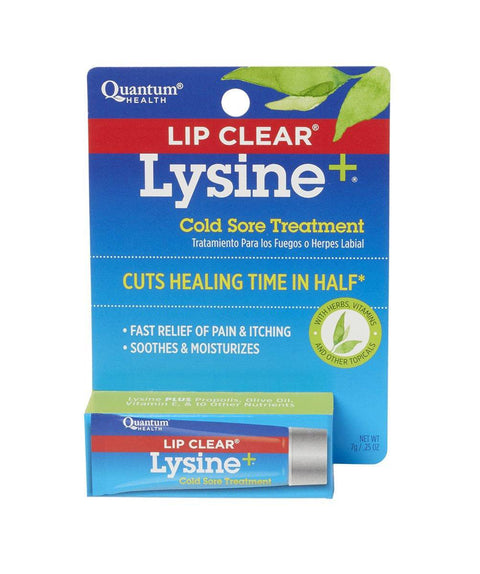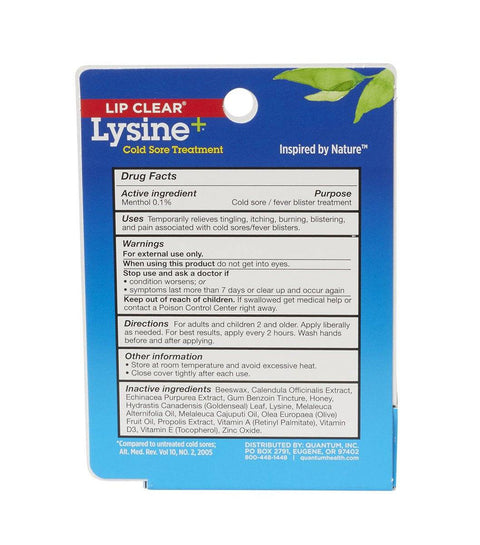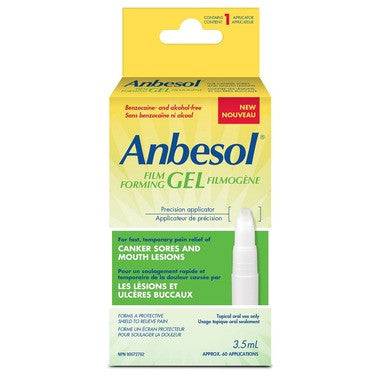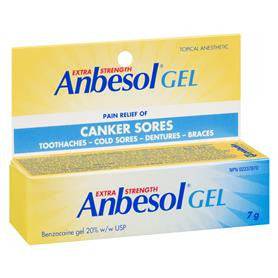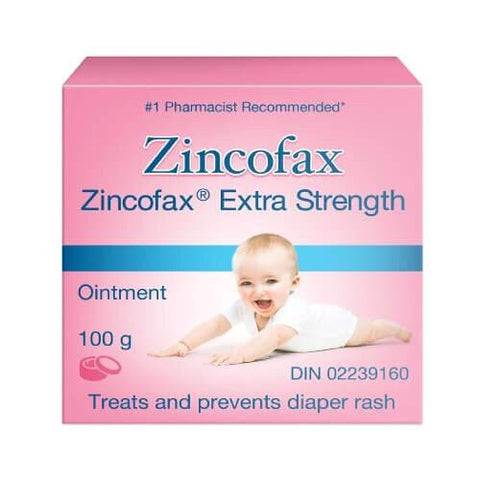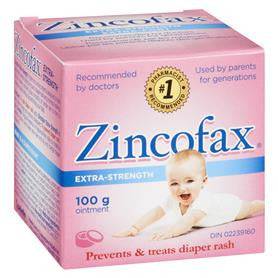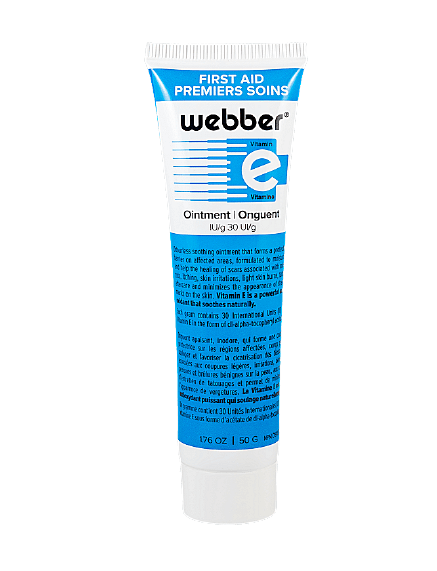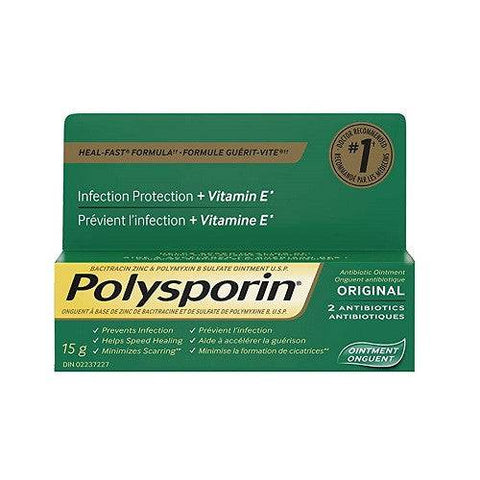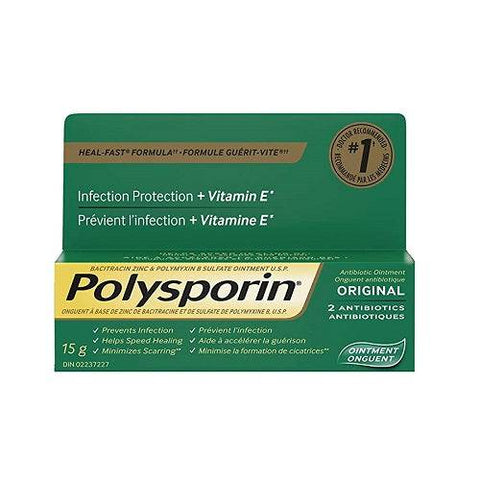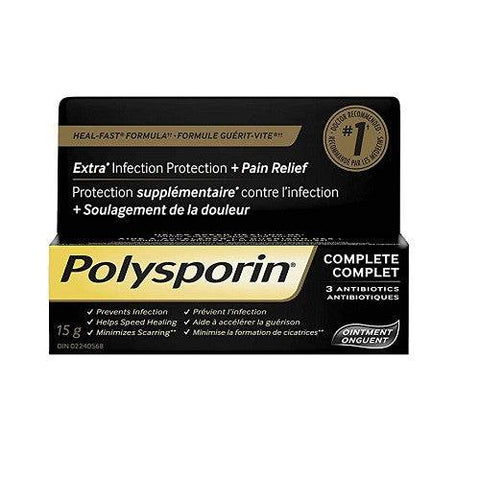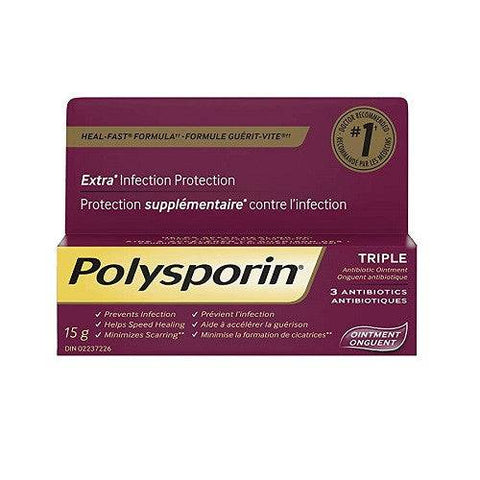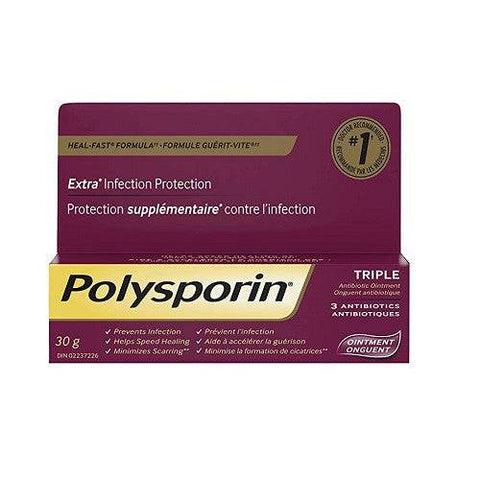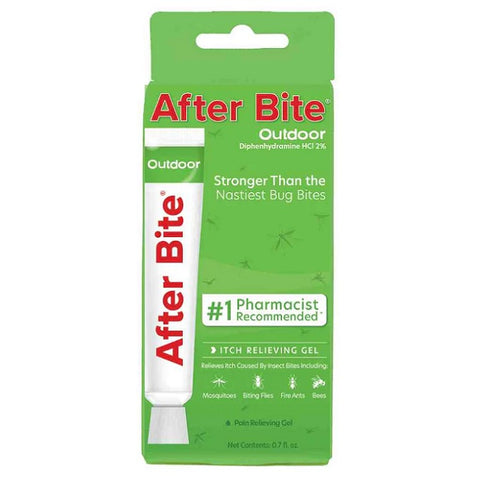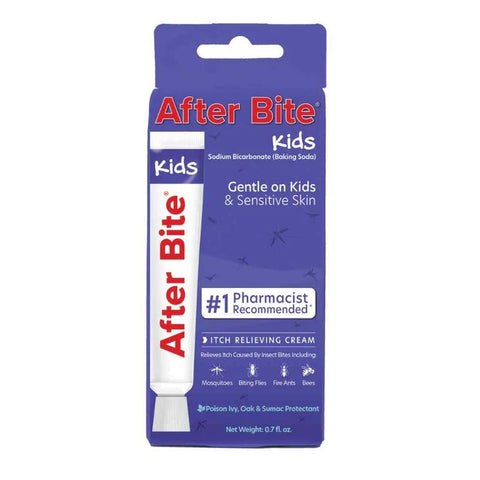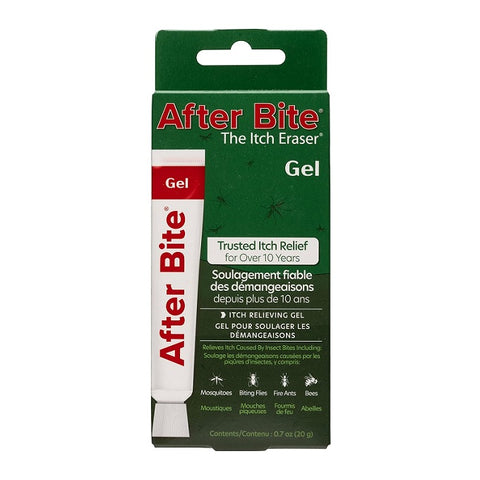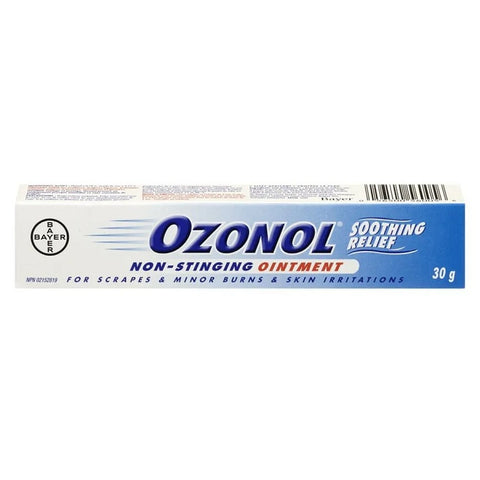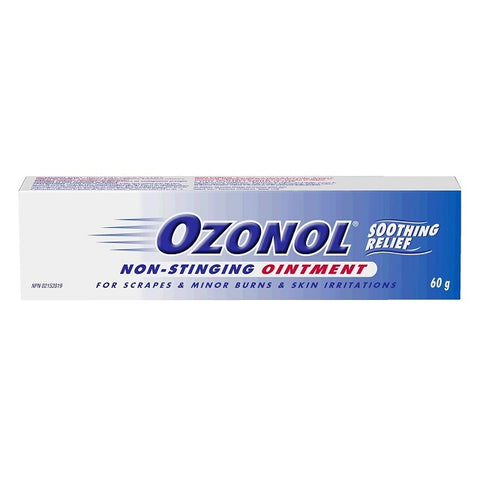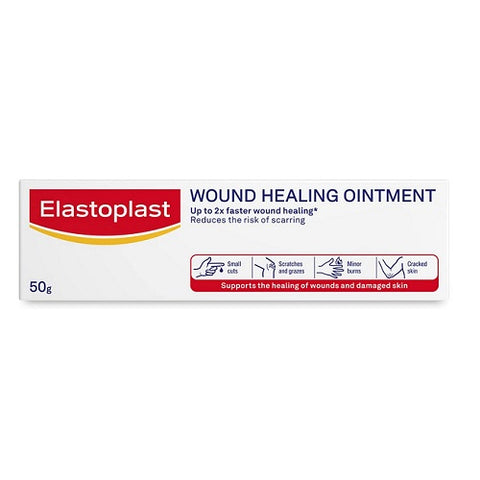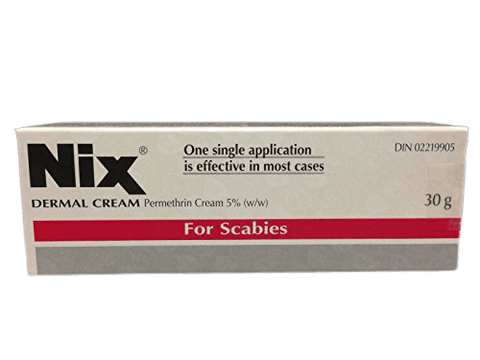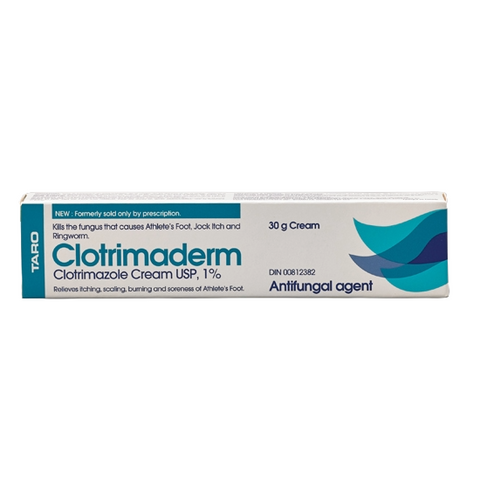First-aid ointments are a specific type of topical medication applied directly to the skin for minor injuries and skin concerns. Here's how the terms you provided fit into this category:
Application & Product Types:
- Topical: As with all first-aid ointments.
- Cream/Gel/Balm: The specific type (cream, gel, or balm) may vary depending on the ointment's purpose. Creams offer a good balance of hydration and medication delivery. Gels are lighter and better for oily skin. Balms are ideal for dry areas due to their waxy texture.
- Emollient: Some first-aid ointments may have emollient properties to soothe and soften the skin around the injury.
- Salve: Similar to a balm, salves in first-aid are often petroleum-based and may contain additional ingredients for wound healing or protection.
Benefits:
- Skin Treatment: First-aid ointments target specific minor skin issues like cuts, scrapes, burns, insect bites, and minor rashes.
- Skin Protectant: They can form a barrier to prevent infection and promote healing.
- Skin Relief: They offer soothing properties to relieve pain, itching, or burning associated with minor wounds.
- Skin Repair: Many first-aid ointments promote healing and tissue regeneration.
Focus on Healing:
While some terms like moisturizer or skin nourishment might be used in a broader skincare context, for first-aid ointments, the primary focus is on healing and protecting the injured area.
Dermatological and skin conditioning are less common terms for first-aid ointments as they are typically formulated for immediate needs, not long-term skin health.
Terms like skin renewal, revitalization, and regeneration are unlikely to be used for first-aid ointments since they target deeper skin repair processes not typically associated with minor injuries.
Remember: First-aid ointments are for minor injuries. For serious wounds or persistent skin problems, consult a healthcare professional.








